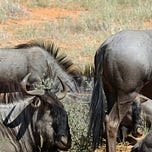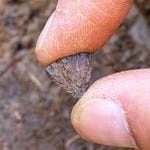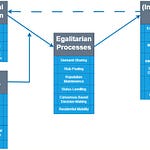The Landscape That Shaped Humanity
If the origins of Homo sapiens had a stage, it would be the Cradle of Humankind—a maze of limestone caves in South Africa that has yielded some of the most famous fossils in anthropology. From Australopithecus sediba to Paranthropus robustus and Homo naledi, this region has served as a kind of evolutionary theater, recording the shifting conditions that molded our ancestors.
For decades, scientists have argued that around 1.7 million years ago, this region underwent a dramatic ecological transformation. The story went that woodlands gave way to open grasslands as the climate cooled and dried, changing the foods available, the predators that hunted, and the strategies early humans used to survive.
But a new study, published in Palaeogeography, Palaeoclimatology, Palaeoecology (Malherbe et al., 2025),1 challenges this neat timeline. Using the worn surfaces of ancient antelope teeth as ecological diaries, researchers found that grasslands were already dominant long before that supposed shift—and that the landscape was far more stable, yet more complex, than previously thought.
“The idea of a sudden environmental break doesn’t hold up under scrutiny,” says Dr. Melissa Malherbe, the study’s lead author and a palaeoecologist at the University of Cape Town. “Instead of a sharp transition, we’re seeing evidence for a mosaic of habitats that persisted for millions of years.”
Listen to this episode with a 7-day free trial
Subscribe to Anthropology.net to listen to this post and get 7 days of free access to the full post archives.










